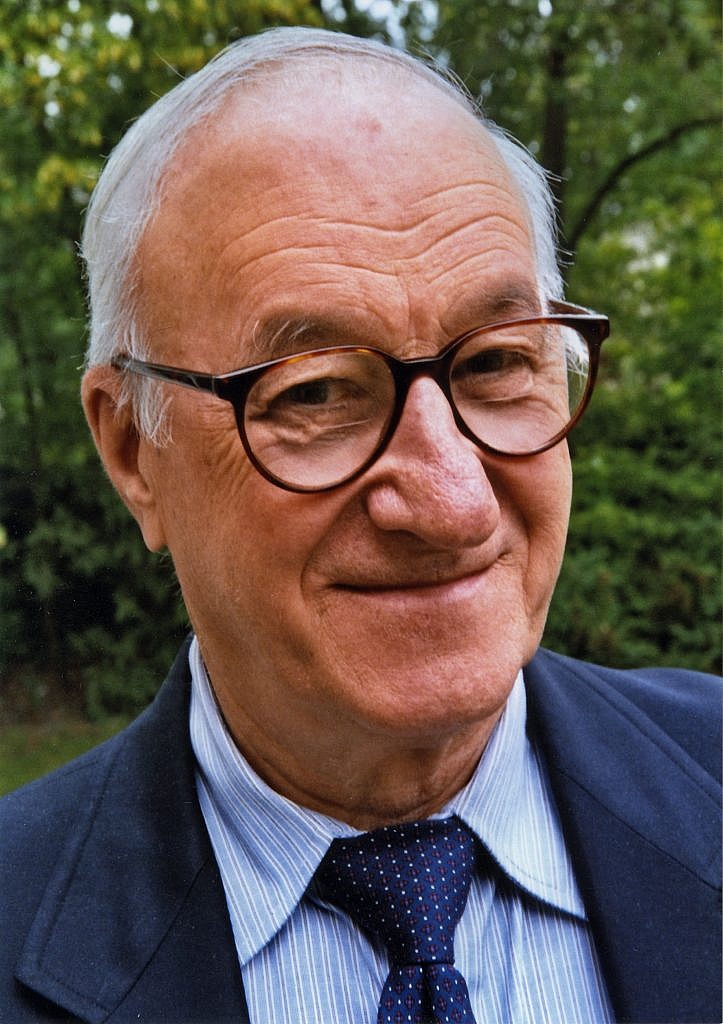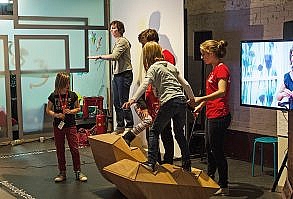
Albert Bandura’s social learning theory stresses the necessity of monitoring, modeling, and imitating the behaviors, attitudes, and affective states of people. When it comes to human learning and behavior, social learning theory takes into account how both environmental and cognitive elements interact to impact it.
Albert Bandura (1977) is a social learning theorist who agrees with the behaviorist learning theories of classical conditioning and operant conditioning in terms of social learning. He does, however, provide two crucial ideas:
- Mediating processes occur between stimuli and reactions.
- By using the method of observational learning, it is possible to learn behavior from one’s surroundings.
Observational Learning
Children notice how their peers behave in a variety of ways. This is shown in the well-known Bobo doll experiment (Bandura, 1961). Observed individuals are referred to as models. Children are surrounded by several important models in society, including their families, figures on children’s television, peers, and instructors at school. Children see and memorize the behavior of a few of these individuals. They may subsequently replicate (i.e., duplicate) the conduct they watched.
To begin, the youngster is more inclined to pay attention to and copy individuals who seem to be similar to themselves. As a result, it is more likely to replicate the conduct of individuals of the same gender. Additionally, the child’s environment will either encourage or penalize the imitated action. If a youngster imitates a model’s behavior and the resulting rewards are positive, the child is likely to repeat the habit.
External or internal reinforcement may be beneficial or detrimental. If a youngster seeks acceptance from parents or peers, this approval serves as an outward reinforcement; yet, feeling good about receiving approval serves as an interior reinforcement. Because a youngster seeks acceptance, it will act in ways that it feels would receive favor.
Mediating between Stimuli & Response
Social learning theory is usually referred to as the “bridge” theory between classical learning theory (behaviorism) and the cognitive approach. This is because it emphasizes on the role of mental (cognitive) components in learning. Bandura (1977), unlike Skinner, thinks that people are processing information actively by considering the link between their actions and their effects.
Cognitive processes are required for observational learning to take place. These mental elements interfere in the learning process to determine whether a new response is learned. As a result, people do not immediately notice and mimic the action of a model. Prior to imitation, there is some thinking, which is referred to as mediational processes. This happens when you see a behavior (stimulus) and decide whether or not to imitate it (response).
To sum up;
The social learning view considers mental processes and recognizes their importance in determining whether or not an action should be copied. As a result, by acknowledging the significance of mediational processes, this theory gives a more thorough account of human learning. It, however, ignores the effect of biological variables like as heredity, despite the fact that certain behaviors are partially inherited, according to biological theorists.
Social Learning in the Classroom
It’s essential to comprehend techniques for incorporating this idea and assisting pupils in succeeding with it. Empathy and attention are essential for ensuring that this learning paradigm is implemented successfully in your classroom. Teachers should constantly consider that as part of their classroom model, they may use reinforcement to influence behavior, model right actions, and create self-efficacy.
A pupil who is complimented for raising their hand to speak, for instance, is more inclined to do it again. After seeing that the behavior resulted in a favorable consequence, more pupils will follow suit and do the same behavior. A student who is scolded for inappropriate behavior, on the other hand, is less likely to pursue that behavior, as are their classmates, who will likewise want to avoid the negative consequences of doing so.
Please feel free to contact me if you need any further information.



